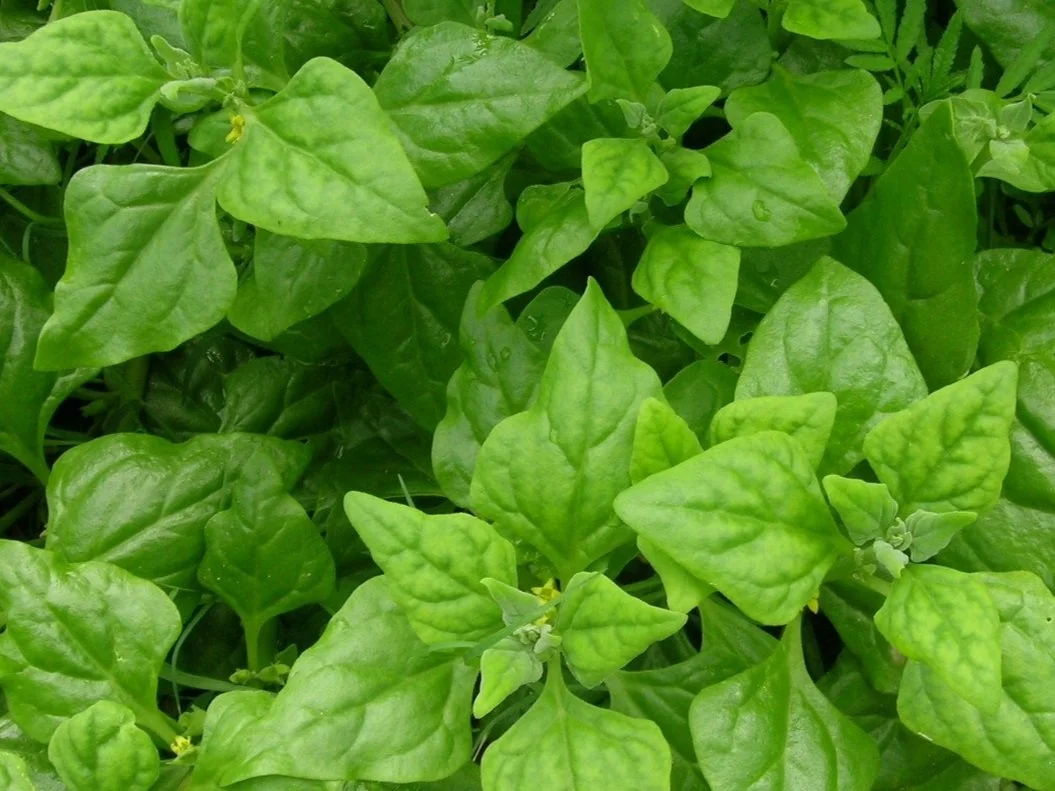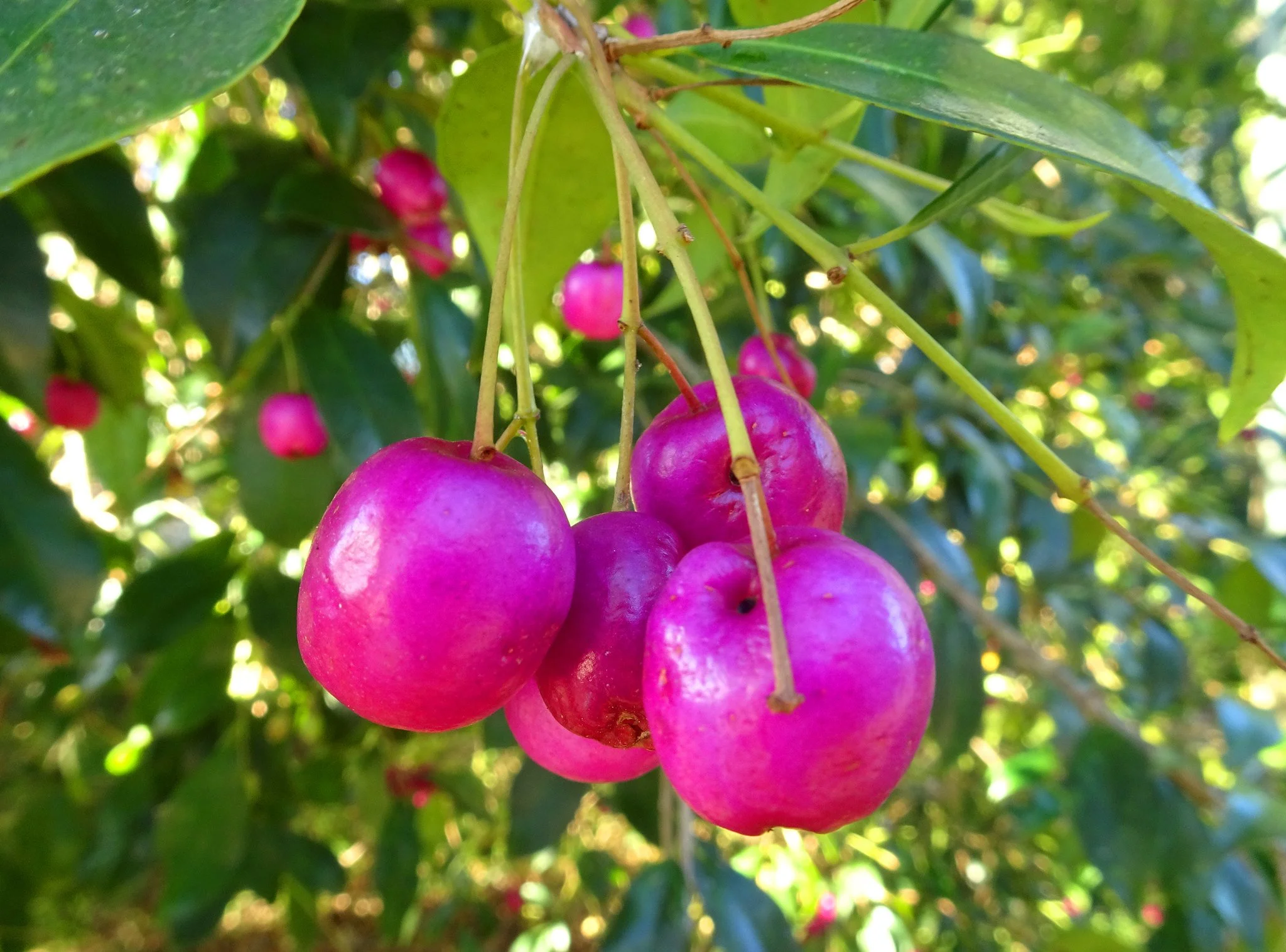5 Easy To Grow Australian Native Edibles
I am a big believer in growing Australian native plants at home but I especially love the diversity of Australian native edibles. Thankfully, growing indigenous edibles doesn’t have to be hard. There are plenty of options to choose from but I think there are five standouts. These five are easy to get your hands on, they are useful in a variety of ways, they can all be grown in pots and they produce in abundance.
Pigface
(carpobrutus sp.)
The pig face plant sometimes referred to as karkalla or the sea fig is an excellent native ground cover. The pigface is famous for its beautiful bee attracting pink flowers but it is also a delicious edible plant. Once a flower has finished and has died back a small fruit forms. The fruit tastes like something between a kiwi fruit and a fig, with a hint of saltiness. But it's not just the fruit which is edible, the fleshy leaves can also be consumed. With a similar texture to green beans they make for an excellent alternative in dishes such as stir-fry. They are apparently quite good to pickle too! The pig face also has the added bonus of being medicinal. Much like aloe, the leaves when split produce a sticky, cooling gel like substance. Applying this to insect bites or sunburn will provide some relief.
Muntries
(kunzea pomifera)
This small native shrub only grows to a height of about 50cm so it is perfect for small spaces. This is definitely an underappreciated native. If you want something that is small, grows well in potes and produces an abundance of small fruit then this is a great option. The blueberry sized fruits have a flavour that can only be described as spiced apple. They are also much more nutritious than blueberries, containing up to four times the amount of antioxidants.
River Mint
(mentha australis)
One of many of Australia's very own mints, river mint is related to the common varieties of mint. River mint has a strong flavour, comparable to spearmint. Just like the common mint varieties this native is prolific and thrives in any full sun or part shade position. Mint is notorious for becoming weedy and taking over a garden and while it is said river mint is not as invasive, from first hand experience I can confirm runners that it can quickly outcompete other plants and dominate. For that reason I recommended growing it in pots. Because it is suited to pots, this makes it a great native edible for growing on balconies or on your kitchen benchtop.
Warrigal Greens
(tetragonia tetragonioides)
A prolific ground cover with large green leaves perfect for use in the kitchen. This plant is native to both Australia and New Zealanand hence the more common name of New Zealand spinach. This native spinach is a perfect substitute to english spinach. Warrigal Greens might even be a better variety to grow because it is a perennial, meaning it will live on for years. Compare that to regular spinach which is an annual, dying at the end of each growing season, requiring it to be replaced. Warrigal greens is such a versatile plant because the leaves are excellent for eating in almost everything. Think stir-frys, curries, casseroles, Mexican dishes, pizzas, wraps, or even in smoothies. It does however contain a high amount of oxalic acid so it does need to be cooked or blanched before eating. Warrigal greens is great as a living mulch in your garden or large wine barrel pots but is also suitable for smaller balcony pots and even in hanging pots and they are not too fussy when it comes to positioning, they are fantastic in either shady or sunny spots.
Lilly pilly
(syzygium sp.)
Lilly pillies are one of the most common varieties of native plants grown in Australian home gardens. But they aren't usually grown for their fruit, they are usually grown as a hedge or as an ornamental plant. However, if you get the right cultivar they can be an excellent source of food. Lilli pilly berries are really delicious, they have a crunchy texture, similar to an apple. They also crop ridiculous amounts of fruit when fully established. A Lilly pilly can grow to about 10 metres tall but they are usually grown as a hedge or small shrub so they can be pruned quite heavily and kept much smaller than that. Keeping them in a pot will also restrict their growth.


